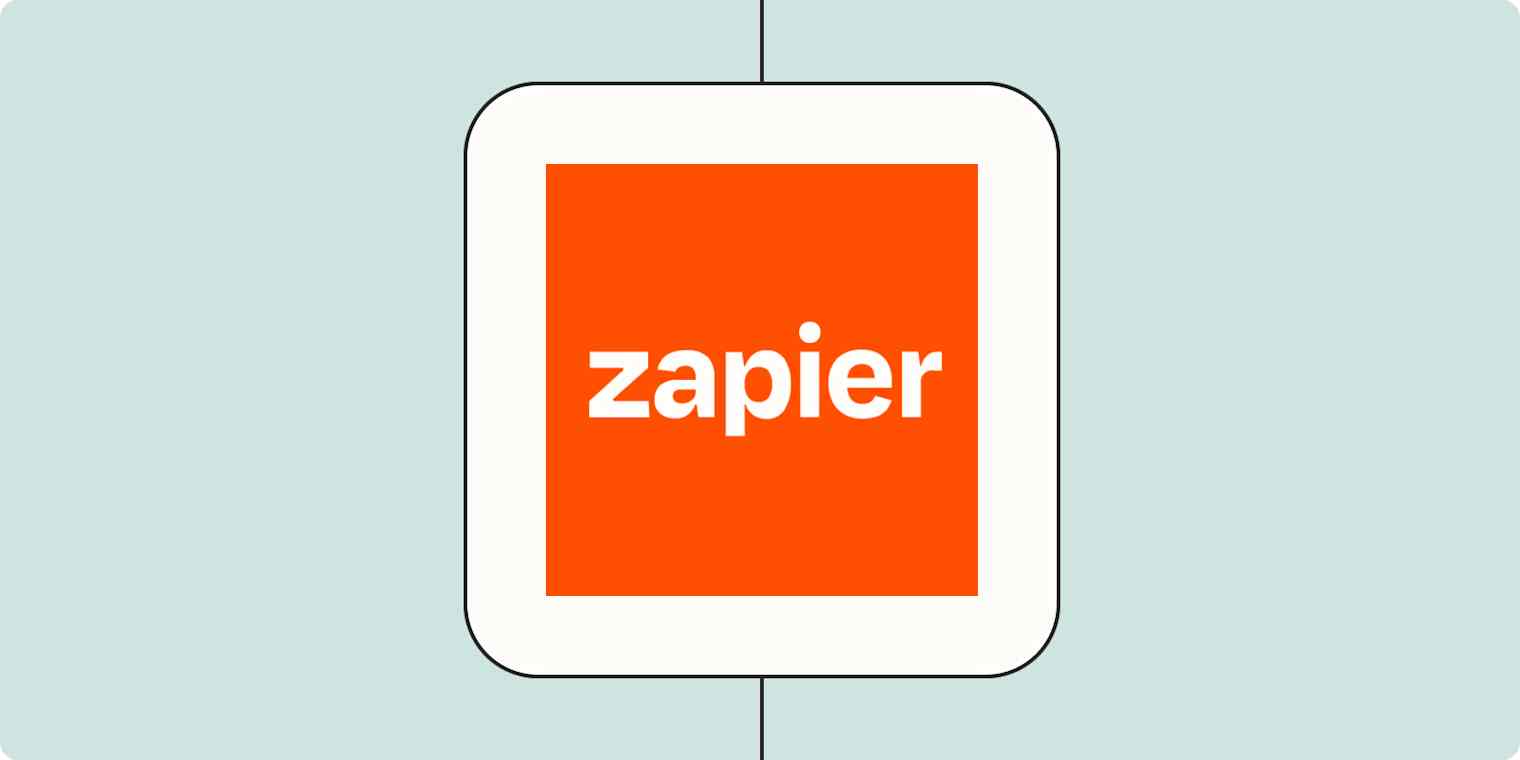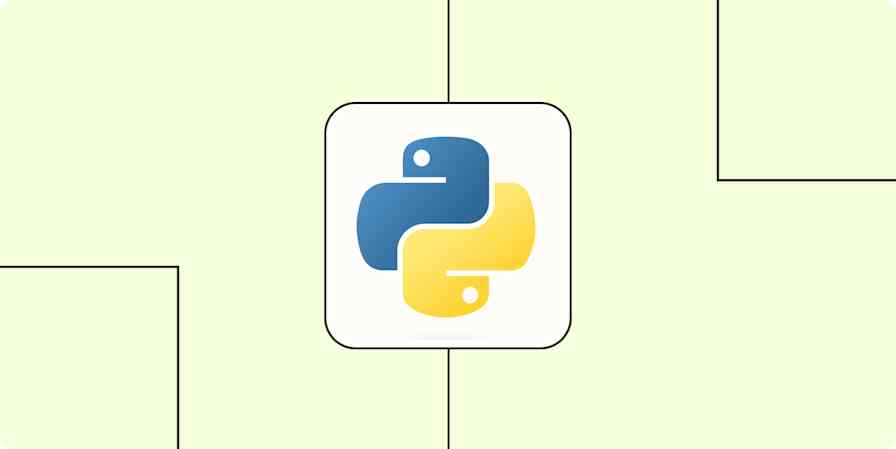Zapier feature guides
7 min readHow to transfer existing data in a Zap
By Elena Alston · December 9, 2024

Get productivity tips delivered straight to your inbox
We’ll email you 1-3 times per week—and never share your information.
tags
Related articles
Improve your productivity automatically. Use Zapier to get your apps working together.







